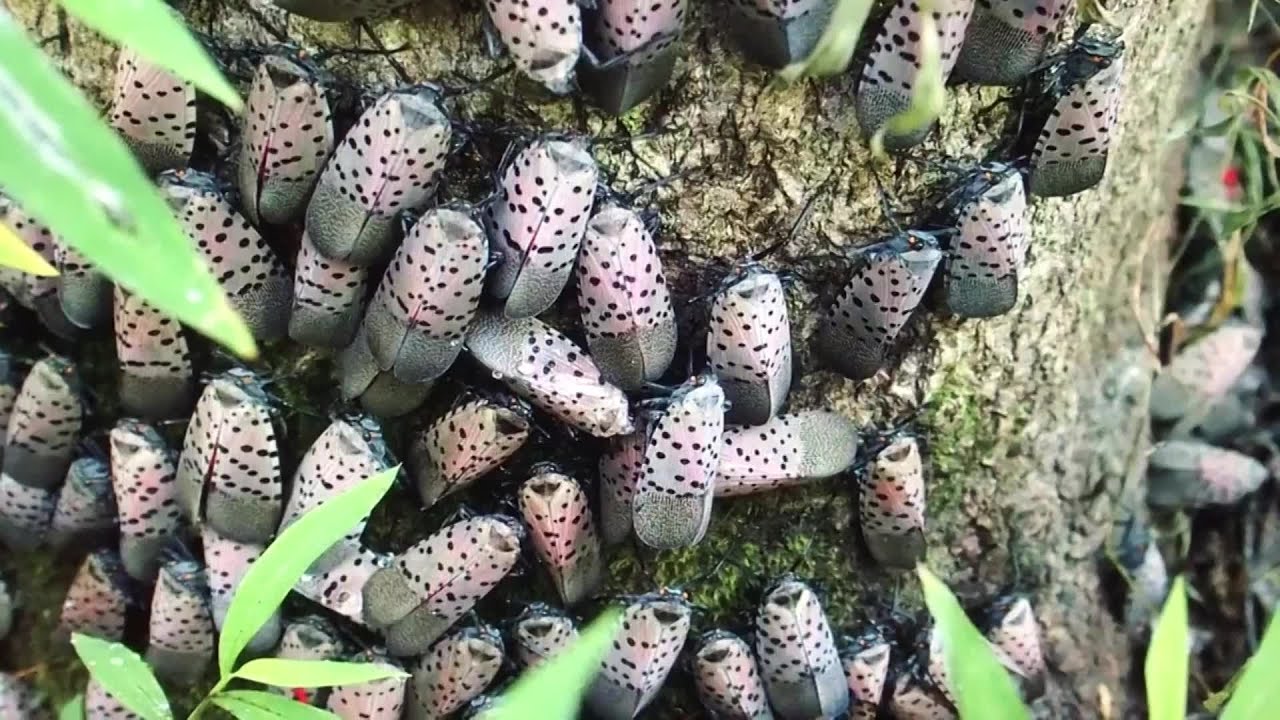Combating the Spotted Lantern Fly, Organically
 The Spotted Lantern Fly is an invasive and highly destructive insect. Here are some tips on dealing with it organically.
The Spotted Lantern Fly is an invasive and highly destructive insect. Here are some tips on dealing with it organically.
The latest research in a Cornell-led study that included Penn State, showed that two fungi, Batkoa major and Beauveria bassiana, could decimating spotted lanternflies in forests near Reading that had notable spotted lanternfly activity.
Found naturally in soil, Batkoa major and Beauveria bassiana are native fungi that cause disease in insects but are harmless to humans. Beauveria is already an ingredient in some EPA-approved biopesticides.
When the Sotted Lantern Fly encounters these fungi, it picks up fungal spores, which germinate and colonize the body, killing the insect in days. A white fuzz that emerges from the dead insect. That fuzz, in turn, contains more spores that can infecting kill other insects.
two weeks after spraying, the number of live lanternflies in the fungus-treated areas was about half as many as those in the control areas.
Other tips include:
-use tree traps to catch nymphs
–remove host plants
–scrape egg masses on trees, cement blocks, cars, rocks, and any other hard surface, into a container filled with alcohol or hand sanitizer, and keep them there for disposal.
–Tree traps:
Nymphs frequently fall to the ground and climb up trees, so wrap the trunks in sticky traps to catch the nymphs. Sticky bands or funnel style traps work. Birds and small mammals can get stuck to the sticky traps so you can a. cage the band in wire b. use a very narrow sticky trap c. use a funnel trap instead.
-Host plants to be removed:
Tree of Heaven is the preferred host (an invasive it is good to remove!)
Oriental Bittersweet is an invasive vine that is also a host
–Neem oil and natural OMRI listed pyrethrins can be used.

